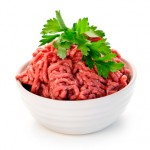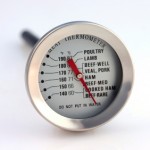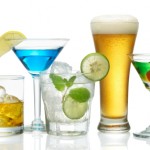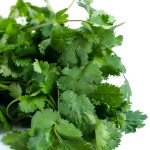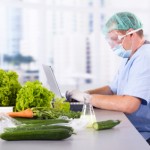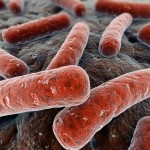This morning I read in the New York Times Breaking News that comes to my Kindle that NYC has recently seen an unprecedented number of heat-related deaths. The age range of the victims varied considerably; youngsters, a 45-year-old woman and some elderly folk all were struck down. Today I'd like to concentrate on older adults.
You may or may not believe in global warming (I certainly do) and, if you do, whether humans are making a significant contribution to it. But in the meantime we seem to be experiencing a hot patch and we have to cope with that.
I got up fairly early, took Yoda, my Tibetan terrier, to Whole Foods to buy a sack of his dog food and then took him for a walk. All in 72 to 75 degrees on a day that will later see a 95+ degree peak temperature. And this is in Colorado at 5,200 feet elevation. I checked out temp predictions for Denver and for the mountains; the former will be just under 100 degrees later on today whereas those areas at considerably higher elevation will stay in the 70s.
But agewise, I'm also in my 70s, as of April, and therefore read with interest the National Institute on Aging's paper titled "NIH tips for older adults to combat heat-related illnesses." The basic concepts are threefold: we lose some of our ability to adapt to heat as we get older; we are in a group that frequently has underlying diseases/conditions that fare poorly in hot weather; the meds our physicians use to treat those diseases sometimes limit our ability cope with the heat.
I'll add a link to the article below, but will paraphrase some of their points and add my own spin.
Firstly some of the physiologic changes we experience as we age limit our ability to respond to elevated temperatures. Those include our cooling via sweating or , in some cases, our limited mobility and, in other cases, our mental responses or lack thereof. Additionally, our ability to vasodilate small blood vessels may be compromised.
Then we're experiencing, as a nation, an epidemic of obesity and concurrently those who exceed their weight goal by a large amount experience more heat-connected problems. I searched medical websites for the rationale and, if I were a teenager, would have said, "Duh!" The layer of adipose tissue the obese accumulate is the equivalent of wearing an insulted suit, something you wouldn't want to do in the heat of a summer day.
And then there are all those medications we take as we age. One article I found said older people take 2 to 6 prescribed drugs while also taking a number of OTC medications. Those drugs can directly alter our response to heat while potentially causing increased body temperature in a number of other ways, e.g., hypersensitivity reactions or the pharmacological action of the drug itself.
So if you're an older adult, avoid the heat of the day, get enough fluids and, if necessary, contact the Low Income Home Energy Assistance Program (through HHS) for help with home cooling.
http://www.nia.nih.gov/NewsAndEvents/PressReleases/PR20110718hyperthermia.htm







